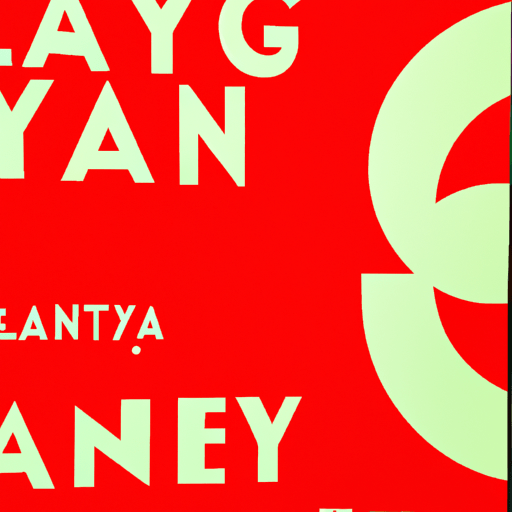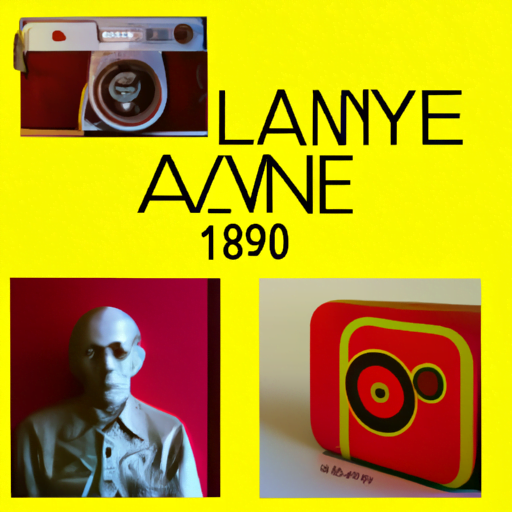
-
Table of Contents
Lance Wyman: The Master of Environmental Graphic Design

When it comes to the world of graphic design, few names carry as much weight and influence as Lance Wyman. With a career spanning over five decades, Wyman has left an indelible mark on the field, revolutionizing the way we interact with and experience the built environment. From his iconic designs for the 1968 Mexico City Olympics to his innovative wayfinding systems for cities around the world, Wyman’s work has not only shaped the visual landscape but also enhanced our sense of place and identity. In this article, we will delve into the life and work of Lance Wyman, exploring his contributions to the field of environmental graphic design and the lasting impact of his designs.
Early Life and Education
Lance Wyman was born on November 18, 1937, in Newark, New Jersey. From a young age, he showed a keen interest in art and design, often sketching and experimenting with various mediums. This passion led him to pursue a degree in Industrial Design at the Pratt Institute in Brooklyn, New York. During his time at Pratt, Wyman honed his skills and developed a deep understanding of the principles of design, which would later become the foundation of his groundbreaking work.
The Mexico City Olympics: A Turning Point
One of the defining moments in Lance Wyman’s career came in 1966 when he was commissioned to design the visual identity for the upcoming 1968 Mexico City Olympics. This project would prove to be a turning point not only for Wyman but also for the field of environmental graphic design as a whole.
Wyman’s design for the Olympics was a masterclass in simplicity and clarity. He created a system of pictograms that represented each sport, allowing people from all over the world to easily understand and navigate the Olympic venues. These pictograms, which have since become iconic, were not only visually striking but also highly functional, effectively communicating information without the need for language.
Furthermore, Wyman’s design extended beyond the pictograms. He created a comprehensive visual identity system that included everything from signage and wayfinding to tickets and merchandise. This holistic approach to design was groundbreaking at the time and set a new standard for how large-scale events could be visually branded.
Wayfinding Systems: Enhancing the Urban Experience
Following the success of his work for the Mexico City Olympics, Lance Wyman became known for his expertise in designing wayfinding systems for cities around the world. Wayfinding, the process of navigating through a physical environment, is a crucial aspect of urban design, and Wyman’s innovative approach has transformed the way we interact with cities.
One of Wyman’s most notable projects in this realm is his design for the Washington, D.C. Metro system. In collaboration with architect Harry Weese, Wyman created a comprehensive wayfinding system that not only guided passengers through the complex subway network but also captured the essence of the city’s unique identity. The use of bold colors, geometric shapes, and iconic symbols not only made navigation easier but also created a sense of place and pride for the city’s residents.
Another example of Wyman’s expertise in wayfinding design is his work for the city of Montréal during the 1976 Olympics. Wyman created a system of colorful pictograms and signage that not only helped visitors navigate the Olympic venues but also celebrated the city’s rich cultural heritage. By incorporating elements of the city’s unique visual language, Wyman’s design seamlessly integrated the Olympic experience with the local context, creating a truly immersive and memorable event.
Legacy and Influence
Lance Wyman’s contributions to the field of environmental graphic design have had a lasting impact on the way we perceive and interact with the built environment. His innovative use of symbols, colors, and typography has not only made navigation easier but also enhanced our sense of place and identity.
Furthermore, Wyman’s holistic approach to design, as seen in his work for the Mexico City Olympics and various wayfinding projects, has set a new standard for how large-scale events and cities can be visually branded. His ability to create cohesive visual systems that capture the essence of a place has inspired countless designers and continues to shape the field of environmental graphic design today.
Conclusion
Lance Wyman’s career is a testament to the power of design to shape our physical environment and enhance our everyday experiences. From his iconic designs for the Mexico City Olympics to his innovative wayfinding systems for cities around the world, Wyman has left an indelible mark on the field of environmental graphic design. His ability to create visually striking yet highly functional designs has not only transformed the way we navigate through cities but also enriched our sense of place and identity. As we continue to navigate the ever-changing urban landscape, Lance Wyman’s work serves as a reminder of the profound impact that design can have on our lives.
